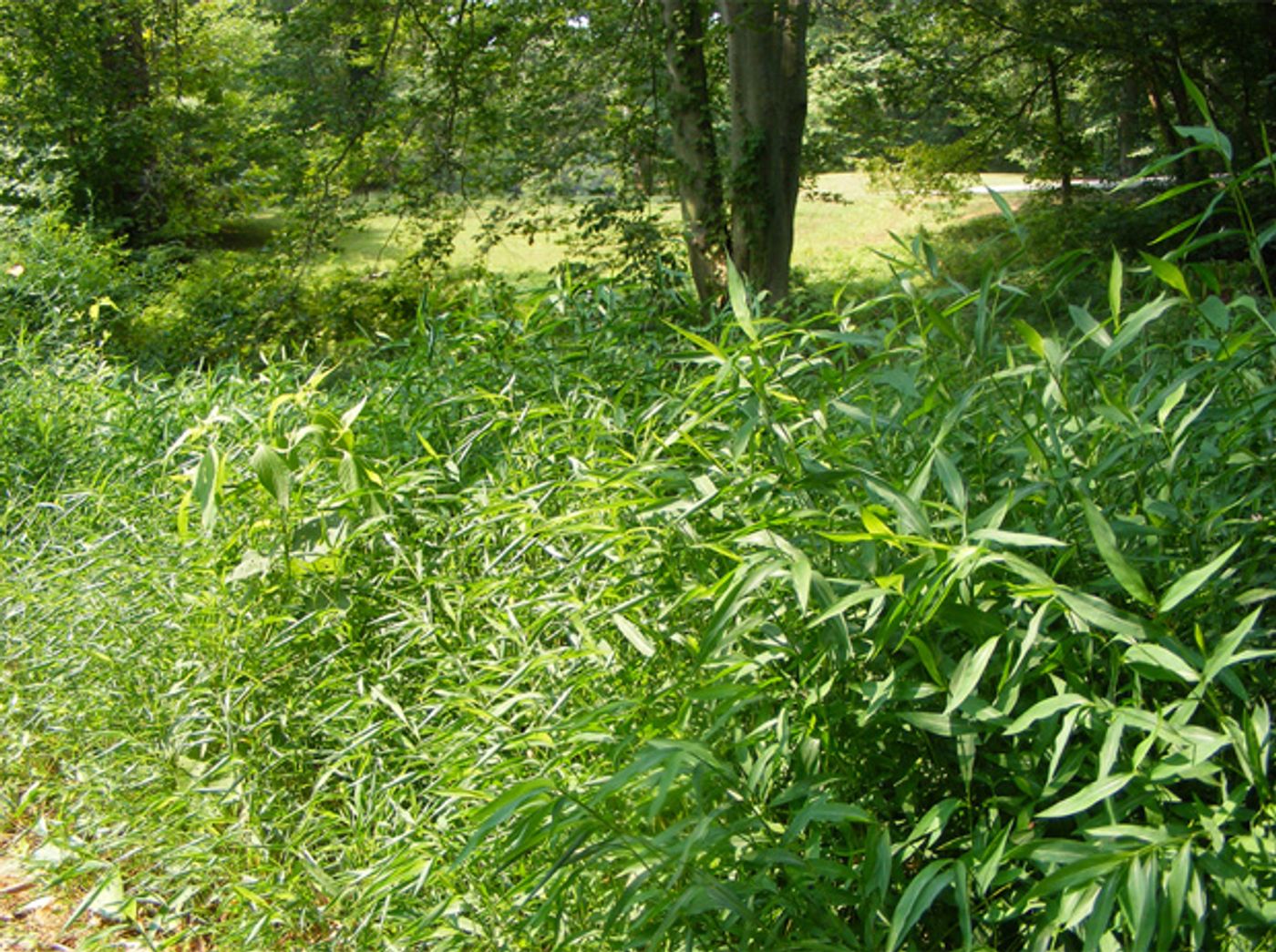Shale gas development is driving invasion of non-native plants
The impacts of oil and gas development processes on plant communities are not well studied. It is certain that the removal of native plants and disturbance of soil that is necessary for clearing land to drill for shale oil and other forms of energy exploration upsets local vegetation. But to what point? A recent study conducted by a team of researchers from Penn State and published in the Journal of Environmental Management has determined that energy exploration disturbances are causing an invasion of non-native plants throughout Pennsylvania, and likely throughout other regions as well.
Using the forests that surround the Marcellus and Utica shale formations, the scientists determined that invasive plants had expanded their range, spreading to disturbed edge habitats that were created as a result of gas development. During gas development, a region can become exposed to otherwise foreign processes, such as well pads, roads, pipeline construction, and increased traffic. These human disturbances create the opportunity for invasive non-native plant species to propagule their seeds, most of which grow quickly, and take root in the previously native plant community.
Researchers conducted invasive plant surveys on and around 127 Marcellus shale gas well pads and adjacent access roads in seven state forest districts in the Allegheny National Forest. Study sites were distributed across the Allegheny High Plateau, which is dominated by mixed-oak and Northern hardwood forests; the Pittsburgh Plateau; and the Ridge and Valley regions of central Pennsylvania, dominated by mixed-oak forests.
The team used a piecewise structural equation model to determine which factors were affecting invasive plant establishment on well pads. Taking factors such as current propagule pressure on local access roads, pad age, the number of wells per pad, and the spatial extent of the pre-development road network into consideration, they found that 61% of the 127 well pads surveyed had at least one invasive plant species present. Nineteen percent had 3 species. The most common among these invasive plants were reed canary grass, spotted knapweed, creeping thistle, Japanese stiltgrass and crown vetch.
"Studies have shown that when invasive plants such as Microstegium vimineum (Japanese stiltgrass) move into an area, it changes the plant community, and native plants tend to decline," said David Mortensen, a member of the team. "Soon we will see a ripple effect in the forest ecosystem that will affect organisms that depend on the native plants. Ultimately, economic factors such as timber harvests may be affected, and wildlife and bird communities likely will change."
Because of this, the scientists urge the importance of careful monitoring and management of surface ecological impacts with a particular focus on monitoring of invasive species. Invasive plants, due to their fast propagation, are much easier to manage with smaller populations.










